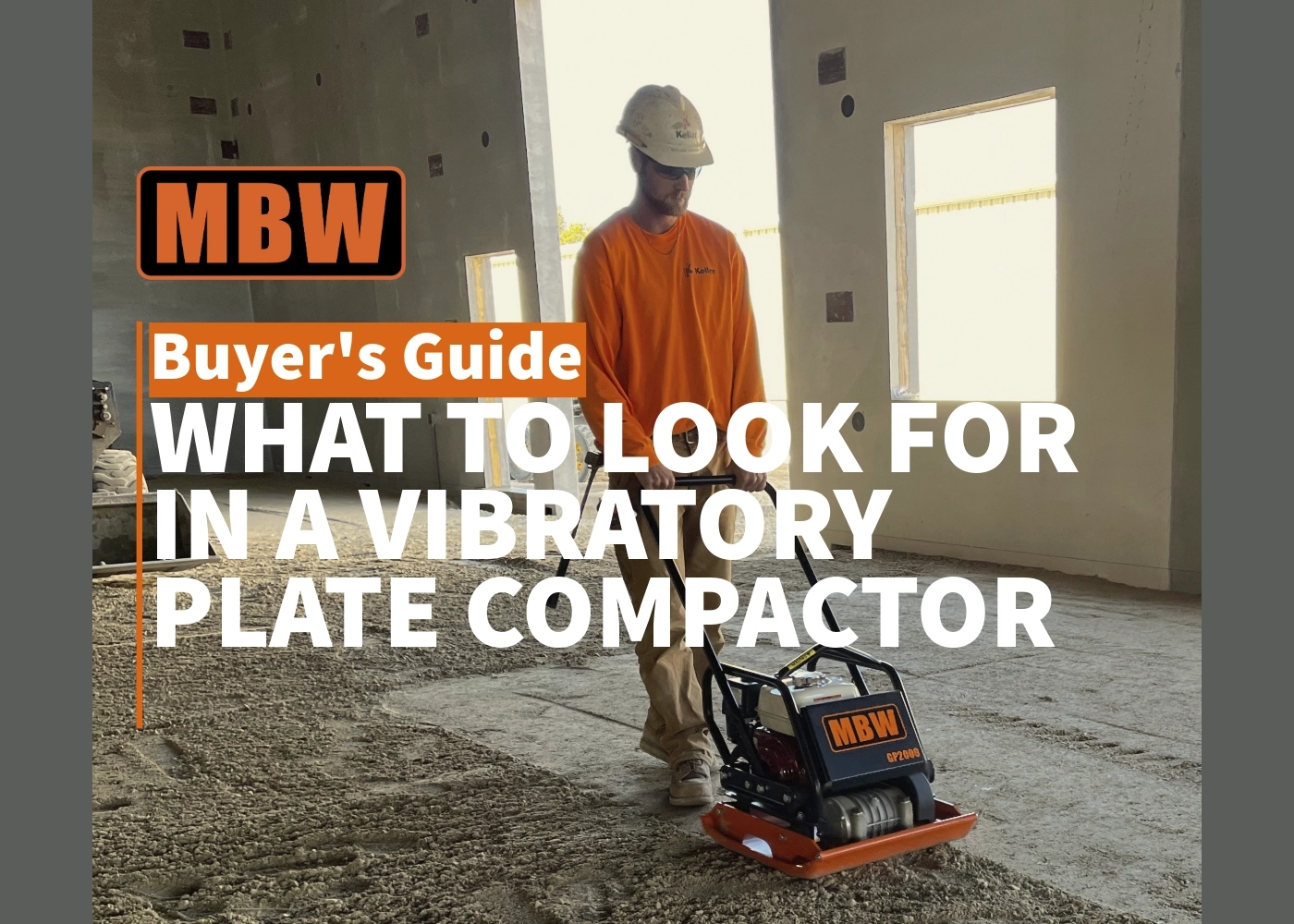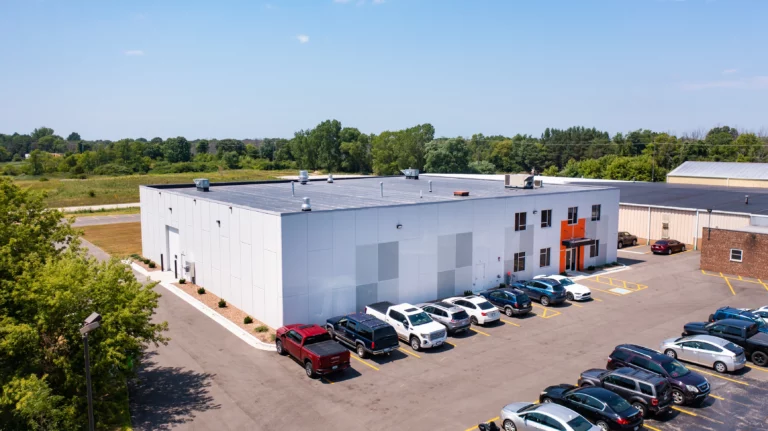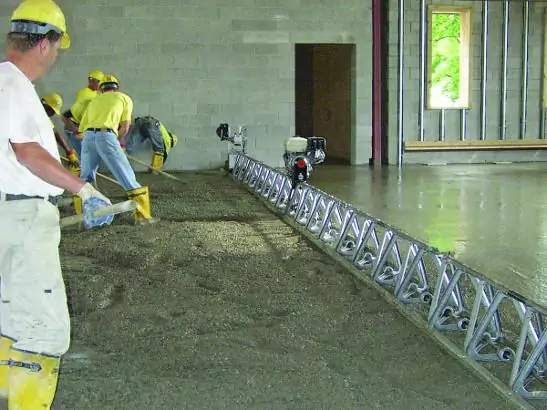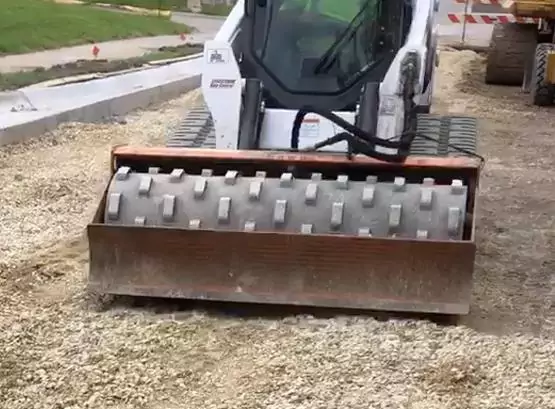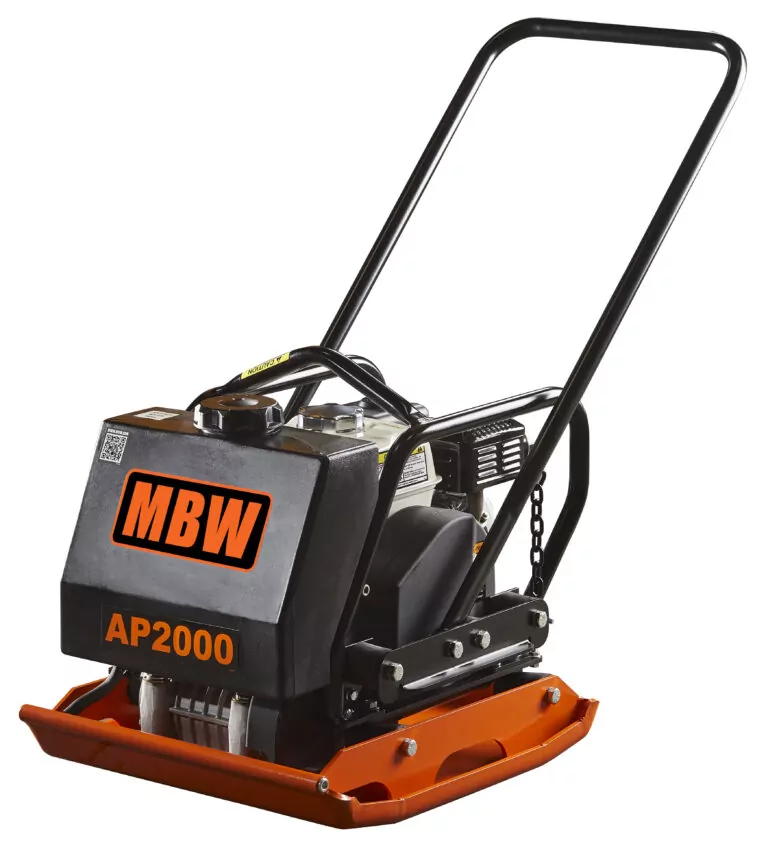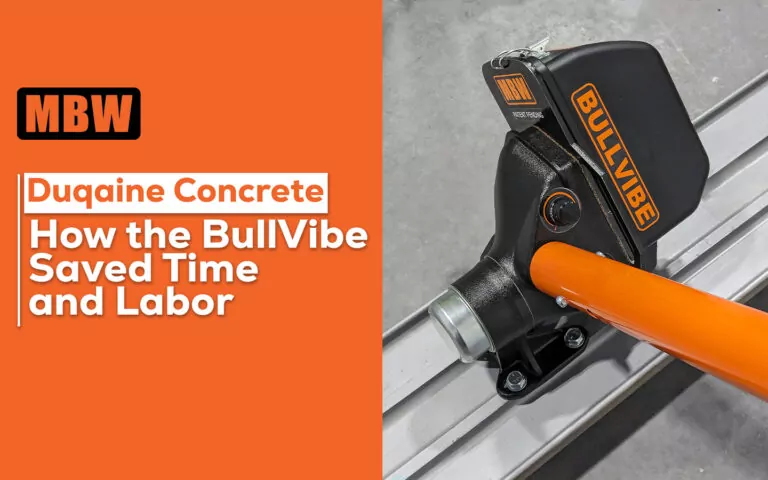Buyer’s Guide: What to Look for in a Vibratory Plate Compactor
Introduction
Vibratory plate compactors are essential tools for contractor, and landscapers. They provide efficient and effective compaction of granular materials such as gravel or dirt, ensuring a solid foundation for construction projects and landscaping endeavors. In this comprehensive buyer’s guide, we’ll explore the key factors to consider when choosing a vibratory plate compactor and why MBW’s plate compactors stand out from the competition.
What is a Vibratory Plate Compactor?
A vibratory plate compactor is a machine used to compact soil, gravel, asphalt, and other materials. It consists of a heavy base plate that vibrates rapidly using an exciter, exerting downward pressure to compress the material beneath it. The upper portion of the compactor will have a drive system and handle. These two sections come together by way of rubber shock mounts and flexible V-belt(s). This compaction process reduces air voids and increases the density and stability of the compacted surface.
Benefits of Using a Vibratory Plate Compactor
The benefits of using a vibratory plate compactor include:
- Improved soil stability and load-bearing capacity
- Faster project completion times
- Reduced risk of settlement and structural damage
- Enhanced surface smoothness and finish
Different Types of Vibratory Plate Compactors
Vibratory plate compactors come in various types, including:
- Forward Plate Compactors: Generally more affordable and lighter weight than other types of plate compactors. This type of plate compactor is suitable for granular soils and asphalt surfaces.
- Reversible Plate Compactors: Can move forward and backward. Ideal for compacting in confined areas. This type of plate is generally heavier and more costly.
Who Should Use a Vibratory Plate Compactor?
Concrete contractors and landscapers can benefit from using vibratory plate compactors for a wide range of applications, including:
- Compacting base and subbase materials for roads, sidewalks, and driveways.
- Preparing foundations for buildings, patios, and retaining walls.
- Installing pavers, bricks, and other hardscape elements.
- Backfilling trenches and utility installations.
Factors to Consider When Choosing a Vibratory Plate Compactor
When selecting a vibratory plate compactor, consider the following factors:
- Amplitude: This is a metric that describes the arc or distance through which vibratory mass moves during the compaction process. Many manufacturers will refer to frequency or centrifugal force as the most important metrics for determining the highest performing vibratory plates. However, amplitude is the truer representation of compaction efficiency. When shopping for a plate compactor, make sure to ask about the plate’s amplitude. If the manufacturer does not provide the amplitude of their plates, you can use MBW’s Amplitude Calculator on our website to calculate the amplitude of any plates that you might be considering.
- Plate Size: Larger plates allow for faster compaction of larger areas.
- Build Quality: Plates made with durable parts and materials last longer and require less maintenance.
- Ease of Use: Look for compactors that are easy to start, reduce operator fatigue, and are easy to maintain.
- Customer Service and Warranty: Try to find a manufacturer that has a reputation for excellent customer service and offers some sort of warranty.
Why MBW’s Vibratory Plate Compactors Are Superior
MBW’s vibratory plate compactors offer several advantages over the competition:
- The base plates on MBW’s vibratory plate compactors are made from shot-peened steel. This results in a more crack resistant plate. Competitive models typically use cast iron base plates which are susceptible to damage.
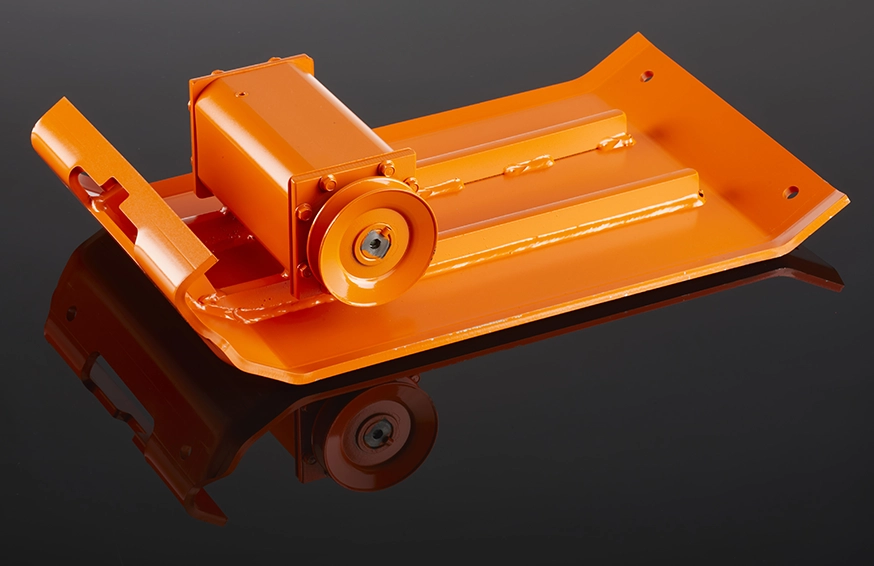
- MBW’s vibratory plate compactors have higher amplitude, resulting in fewer compaction passes needed by the contractor and increasing job efficiency. For Example: MBW’s GP2000 has an average of 49% higher amplitude than competitor plates in the same category.
- Lower weight than the competition despite being more productive machines, making for easier transportation to and from the jobsite.
- Easy to operate due to reduced hand/arm vibration from using multiple shock mounts.
- Easy to maintain, reducing downtime. Checking the exciter oil on MBW vibratory plates is fairly simplistic as opposed to the exciter disassembly needed with competitor plates.
Conclusion
In summary, choosing the right vibratory plate compactor is crucial for achieving optimal compaction results and maximizing project efficiency. Consider factors such as amplitude, plate size, build quality, and ease of use when making your selection. With MBW’s superior plate compactors, you can trust that you’re investing in quality, durability, and performance.
Contact MBW today to get a quote on our industry-leading plate compactors. Choose MBW for superior compaction solutions that deliver exceptional results every time.
